Caprock Chronicles: Clarity Tunnel, the Doodlebug Line and the bats
Editor’s Note: Jack Becker is the editor of Caprock Chronicles and is a Librarian Emeritus from Texas Tech University. He can be reached at jack.becker@ttu.edu. Today’s article about the Clarity Tunnel is by frequent contributor Chuck Lanehart, Lubbock attorney and award-winning history writer.
Just outside the gaping hole in the Caprock Escarpment, great horned owls swoop and screech, hoping to dine on a few of the half-million Mexican free-tailed bats who call the place home. The hole — Clarity Railway Tunnel — far off the beaten path, was constructed almost a century ago in rural Floyd County in the Texas Panhandle. It was the last of only three Texas railway tunnels ever built.
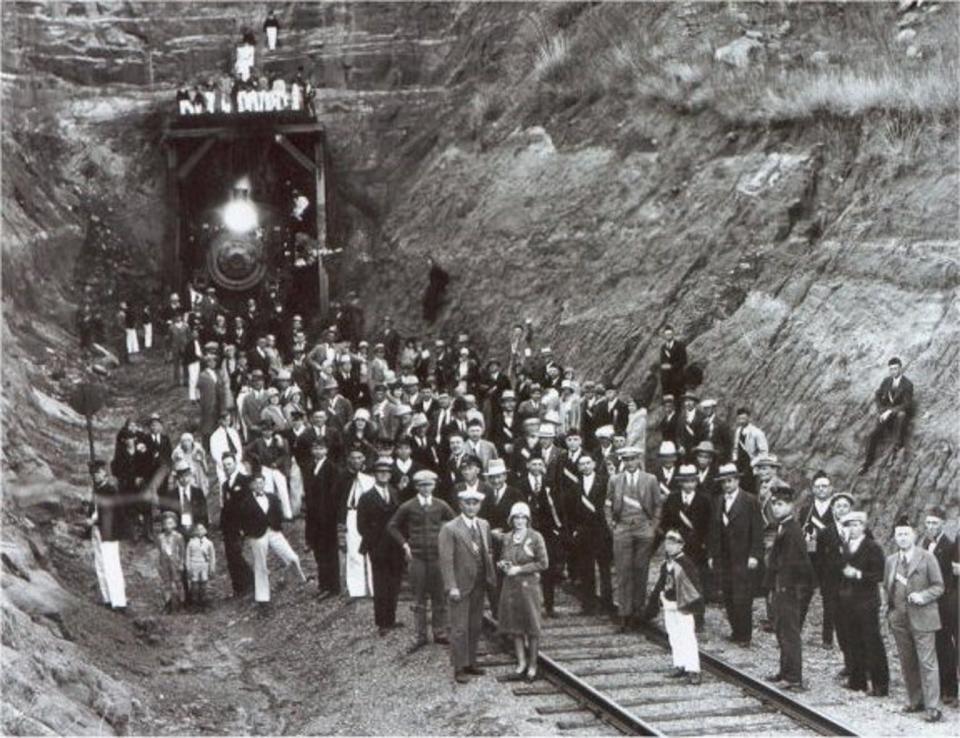
In 1925, Fort Worth and Denver South Plains Railroad Company — part of Burlington Northern Railroad — planned a “spur” to transport Panhandle/South Plains goods and passengers to the company’s main lines.
The branch line would reach parts of Castro, Swisher, Briscoe, Hall, Hale, Floyd and Lubbock counties.
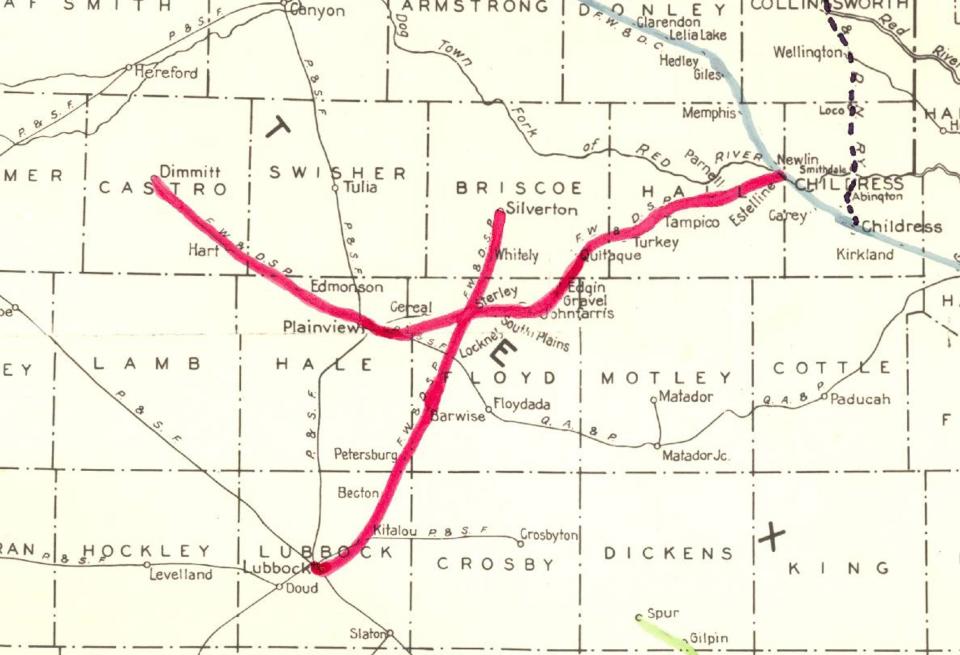
Trains can generally accommodate a two-foot rise per 100 feet of horizontal distance, but the Caprock’s elevation is much steeper, so two tunnels — the Clarity and the nearby Gowdy — were necessary to complete the project.
Using huge steam-powered excavation equipment, mules and hand tools, 30,000 workers, including many Irish and Swedish immigrants, spent two years digging and dynamite-blasting their way through the red sandstone of the Caprock. Fifty-five trestles were erected to span deep canyons along the route, and the two tunnels were bored through rock 50 feet below the ridge, about 2,800 feet above sea level.
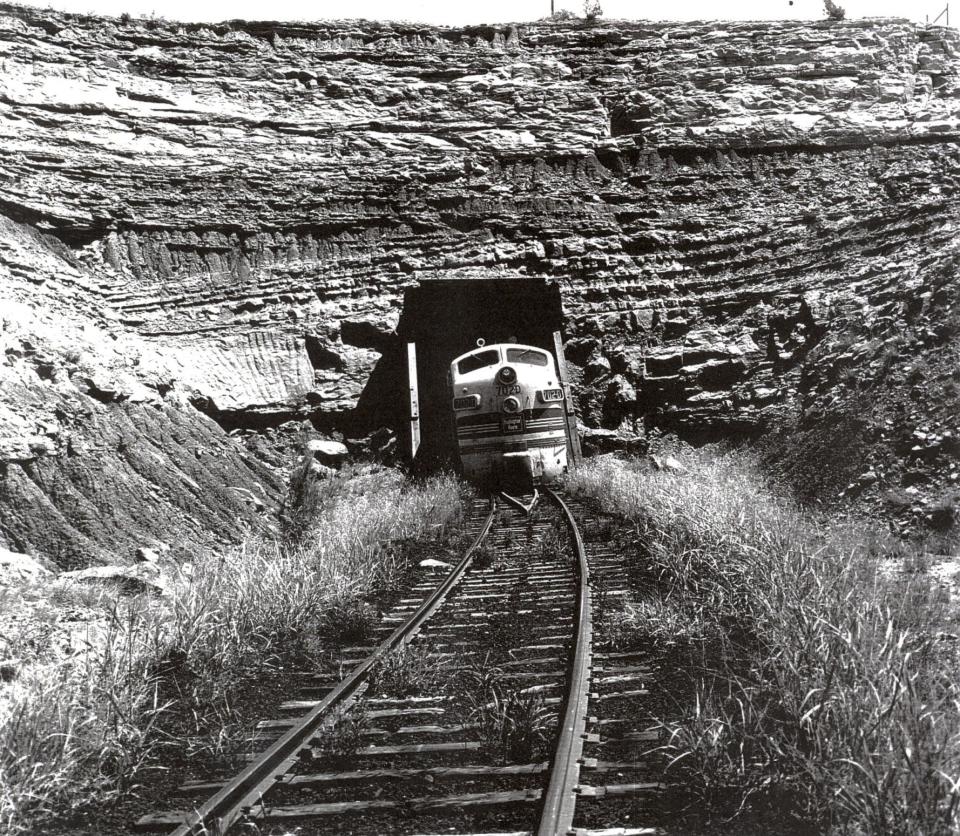
The project brought much-needed commerce to the Texas Plains and attracted new settlers to the area, knownas the “last frontier” of Texas. Upon completion, the slightly curving Clarity measured 790 feet (about thelength of two-and-a-half football fields), and in 1928, steam locomotives began pulling freight trains through the shaft, enabling local producers to send many tons of valuable agricultural products to distant markets. The spuralso offered a popular passenger service, which locals called “The Doodlebug.”
Soon, diesel engines powered countless trains through the Caprock, but there were a few accidents. The Gowdy Tunnel — 400 feet long — collapsed after a train derailment in 1968. Engineers “daylighted it,” blowing it up with dynamite, and it was never replaced. Today, the area appears as a huge gash between steep sandstone cliffs.
In 1973, after a major derailment in the Clarity, the line was closed for 18 months to clear enormous amounts of dirt to free rail cars. Clarity was shortened to 582 feet as rails were upgraded to accommodate heavier loads. A few chunks of rusted steel — evidence of train wrecks — may still be seen along the old route.
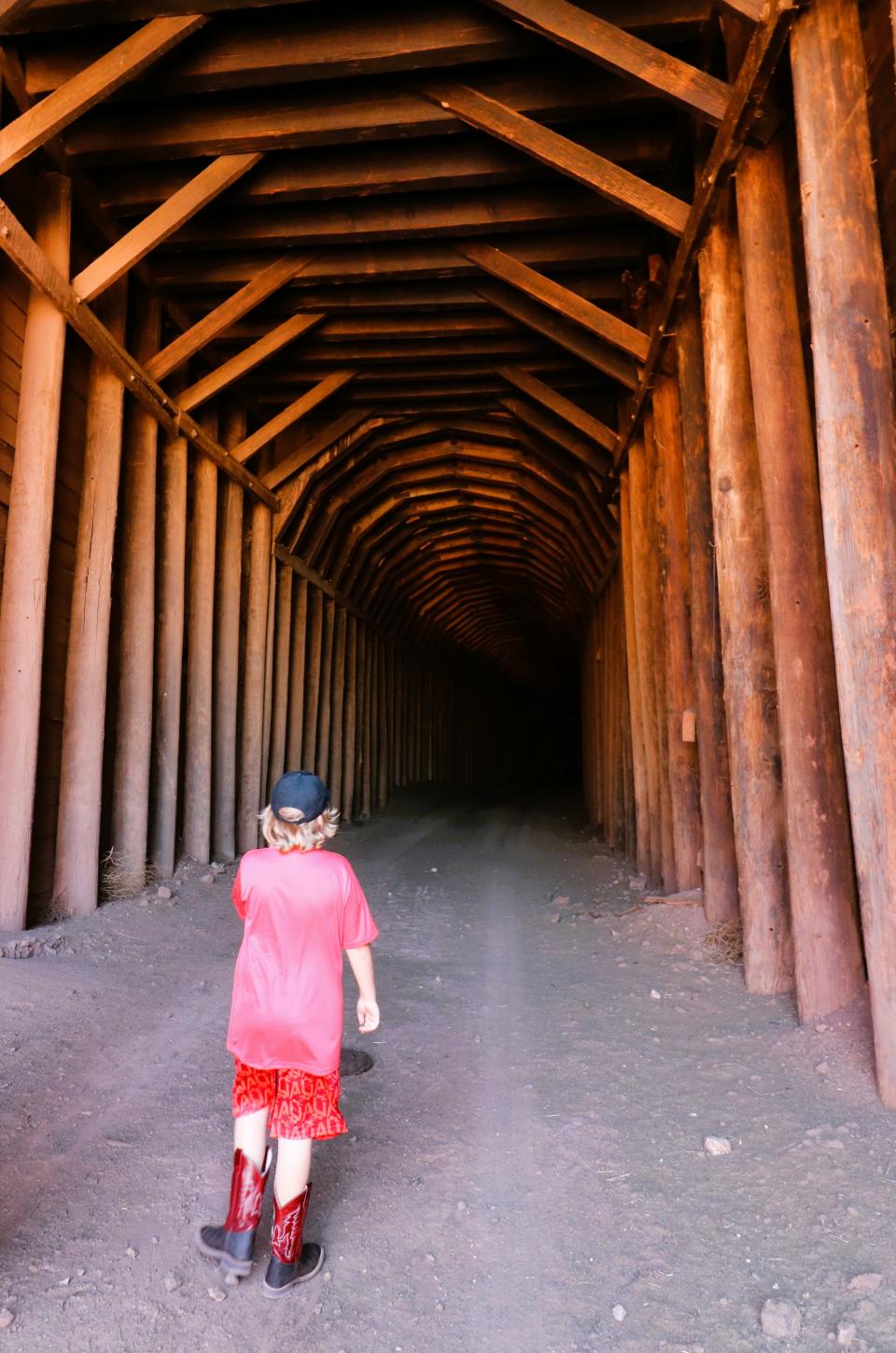
The tunnel was listed on the National Register of Historic Places in 1977, but in 1989, the line was closed after serving the Texas Plains for 61 years. It seemed the last operating railroad tunnel in Texas would fall into decline. But within three years, 64 miles of the old branch line — including the Clarity — were purchased by the Rails-to-Trails Conservancy, an American nonprofit organization based in Washington, D.C., which collaborates with communities to preserve unused rail corridors by transforming them into trails.
Tracks were removed, and a path was created for hiking, biking and horseback riding. Soon, the trailway was turned over to the Texas Parks & Wildlife Department. Today, Caprock Canyons State Park, headquartered nearby, maintains the line and the Clarity Tunnel. Dirt paths have been improved with a caliche surface.
Reminders of the old railroad remain, including remnants of several 50,000- gallon steel water tanks installed along the route to service steam locomotives. A telephone line once ran parallel to the tracks, and a lonely concrete phone booth stands seemingly misplaced near the old railway.
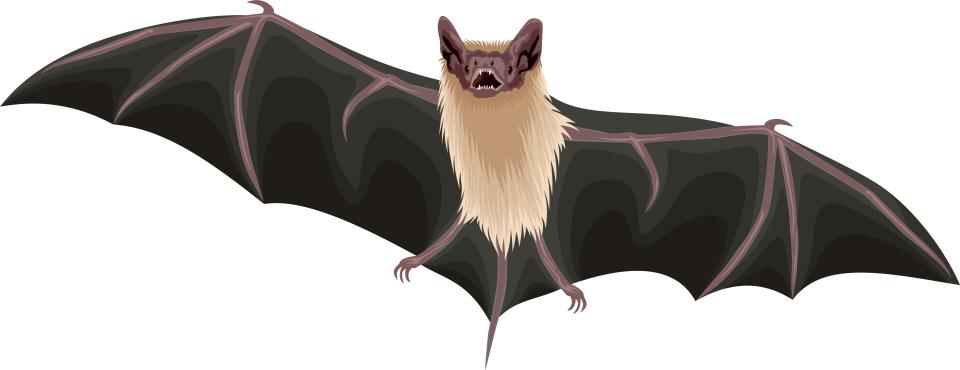
Along the trail, visitors enjoy the striking rugged natural beauty of unspoiled hills, cliffs and canyons below the majestic Caprock. Wildlife abounds with great horned owls, golden eagles, kite hawks, prairie falcon, wild turkey, quail, dove, white-tailed and mule deer. But the bats inhabiting Clarity Tunnel seem to draw the most interest.
Great numbers of the small creatures are visible from late April through mid-October, when they begin their migration south to Mexico. During the summer months, the Parks Service offers popular guided bus tours to thetunnel at dusk, when bats pour out of the tunnel to devour tons of insects through the night. Flying up to 60 mph, bats can soar 10,000 feet skyward to feed.

Visitors may walk through the tunnel during the day, when bats rest among beautiful wooden arches high above, some fluttering about with soft chattering. Coachwhip snakes — which can reach three to five feet in length — also occupy the Clarity, feasting on bats. The snakes are harmless to humans and are not poisonous.
Slightly malodorous grey, ash-like bat guano carpets the entire tunnel and can reach a depth of ten inches. The high-nitrogen excrement is an excellent fertilizer, but the tunnel is not mined for guano. Once in a great while, the guano must be bulldozed to remove excess material.
Headquarters of Caprock Canyons State Park & Trailway is at 850 Caprock Canyon Road, Quitaque, Texas, phone 806-455-1492.
This article originally appeared on Lubbock Avalanche-Journal: Caprock Chronicles: Clarity Tunnel, the Doodlebug Line and the bats

